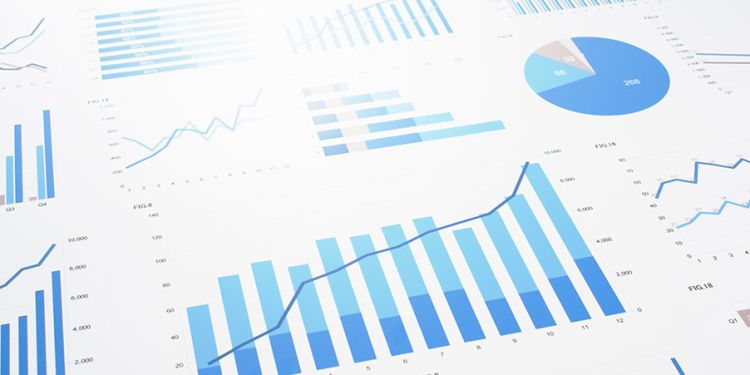I have been thinking about getting certified in tableau since I joined the Flatiron School and how most of the job postings required one who knew about at least one of the standard BI tools. I was first introduced to Tableau when their Mason campus ambassador held a workshop at one of my fraternity’s chapter meetings. I immediately took a liking to the tool and armed with a year’s worth of free membership to Tableau Desktop, I decided that I wanted to get certified with Tableau. But such was the schedule and events of my senior year of university that I failed to prioritize this over other commitments.
The Why
Since I started my data science journey at coding Bootcamp I have been relying on Matplotlib and Seaborne for all of my visualizations like Sankey Charts. To me, lengthy Python Codes are cool, but the plots, not so much. In addition to adding the Tableau weapon to my data science armor, I want to be able to produce stellar visualizations with minimal code.
How to Get Started
I wasted no time in getting started. I downloaded the Tableau Desktop version and installed it right away using my .edu email. Tableau offers free one-year Tableau licenses to students at accredited academic institutions. Having Tableau on my desktop machine helps me get hands-on while I’m learning. If you are not a student, not worry, you can get started on Tableau Public which is FREE!
Resources
There are tons of blogs and resources available around the internet and having scout through quite a bit over the weekend, I feel I have the resources to help you get started on your certification journey.
- Tableau Learn — Before you seek training guides externally, I suggest you get started by going through the free training content on Tableau’s official website.
- freeCodeCamp — I followed this Tableau for Data Science and Data Visualization Crash Course which was about 30 minutes long to supplement Tableau’s training videos. It delivered exactly what its title claimed and helped me get started quickly.
- Tableau 10 Essential Training — This hands-on training course is available on LinkedIn Learning, where the first month is free, so you can finish the course at zero cost. You will learn to connect to data sources, summarize data and create data visualizations. This course provides exercise files you can import into your Tableau Desktop and quizzes at the end of each section to test what you’ve learned. There is also a printable certificate of completion available.
Top 3 Things to Know About Tableau
- Tableau is one of the easiest technologies to become proficient in as a data enthusiast — assuming you already know Excel. It’s fun and easy to use! You might occasionally need to enter advanced calculations but it is essentially drag and drop… no need for advanced lines of code to produce an impressive data visualization
- Tableau has connectors to any data source you can think of in the Data Source tab. If you do not have your own data, you can browse through these datasets and pick one that is of interest to you.
- Tableau is not only a useful tool for Business and Data Analysts, but also for Data Scientists. It makes it easy to connect to your current SQL database in addition to integrating with Python, R, and MATLAB.
Conclusion
I know I’ve only scratched the surface of what Tableau can do, but these were sufficient to get me started.
Thank you for reading my article and I hope it adds some value to you to help you get started with Tableau. As I am a real beginner in this, I’d love to hear your feedback and look forward to connecting with you!
